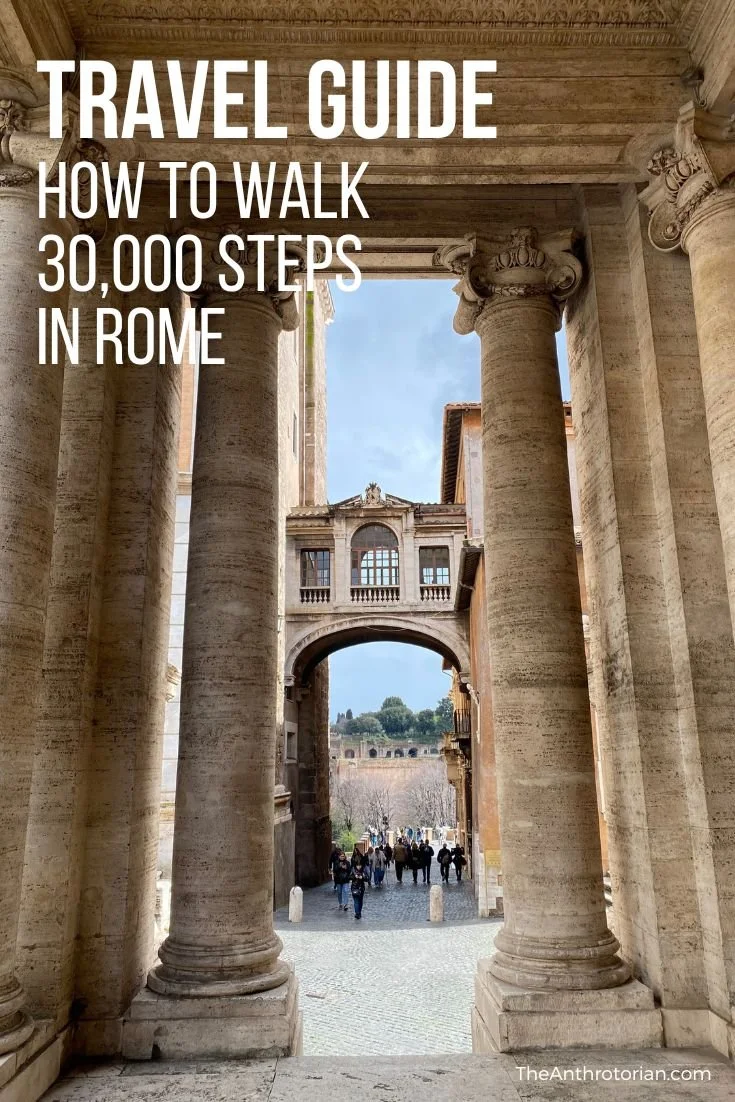When Mount Vesuvius exploded in Italy in AD 79, it not only buried the city of Pompeii but a lot of the surrounding homes as well. One of the most luxuries properties engulfed by layers of ash was the Villa of Papyri located in nearby Herculaneum.
The huge, sprawling mansion (interestingly, the J. Paul Getty Museum in LA is modeled after the villa) contained countless sculptures, mosaics, and paintings, but the most valuable artifacts were discovered in the mid-eighteenth century in the villa's library. More than 1,800 papyrus scrolls were found, thought to be the only library from antiquity to have survived. (We're talking the level of writing that was thought to be lost from the Library of Alexandria).
While the blast of hot gas and ash is what preserved the scrolls as carbonized lumps, it has also made them next-to-impossible to open and read without completely destroying them. Their delicacy hasn't prevented scholars from trying, however, and many have been found to contain rare Greek texts on Epicurean philosophy. But, examining these documents risks completely destroying them, and many of the scrolls have been lost.
But all this may soon change.
According to an article in Archaeology Magazine, scientists have found that a technique called "X-ray phase-contrast tomography (XPCT)" can be used to potentially read the scrolls without having to attempt to unravel them!
Using the technique, the team was able to discover that one of the scrolls that they were examining was an unknown work by the important philosopher Philodemus.
Why should you care?
Many of the world's most important texts — texts that helped to shape the modern world and create the rules, and religions that are integral to our lives — have been lost for thousands of years. We only know of them because they are mentioned in other texts that were written at the time or right after.
These lost texts could be right under our noses as part of the library of Herculaneum, and now we have the technology that could potentially rediscover them!!









